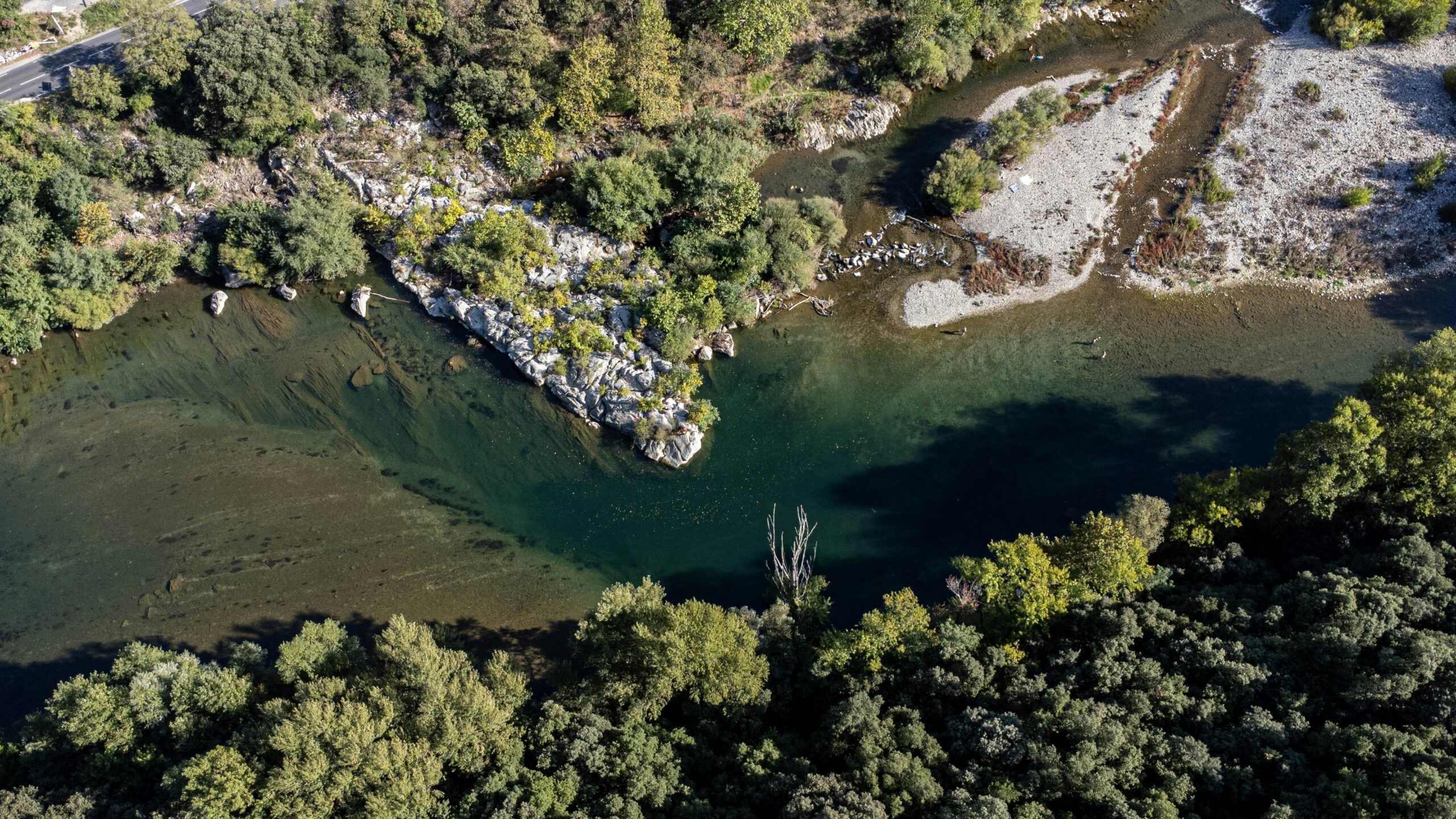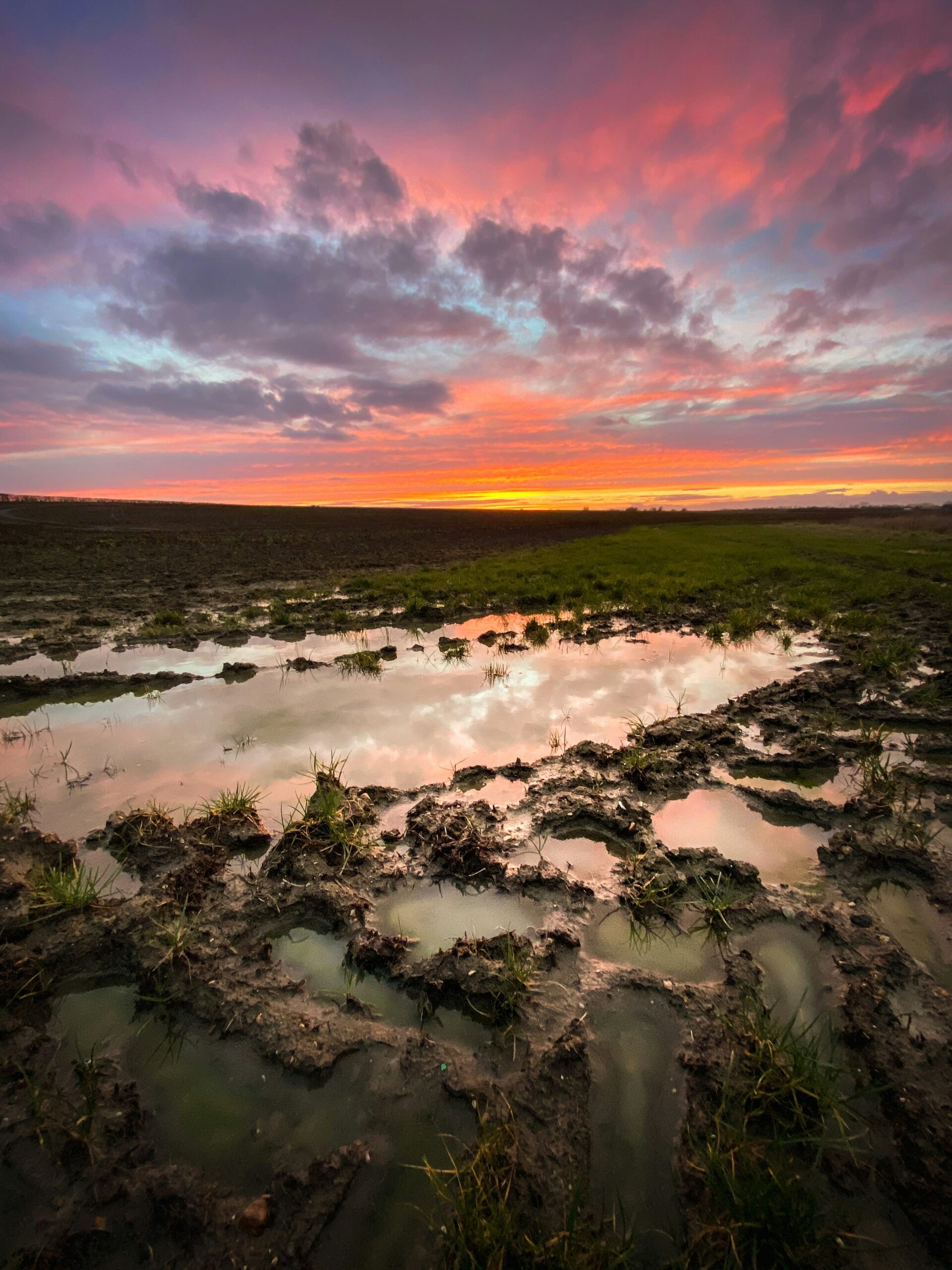Have you ever wondered how your local government addresses issues related to water scarcity and contamination? It’s a pressing concern in many communities, including Santa Barbara, where the authorities have recently implemented stricter regulations for approving new water wells.
Understanding the Issue
Water wells are vital for numerous communities, especially in areas where public water supplies are insufficient or non-existent. However, the rise in the number of wells has led to various environmental and public health concerns. The Santa Barbara County Supervisors have decided to attack these issues head-on by tightening the rules around the approval and drilling of new water wells.
Why the Need for Tighter Regulations?
Santa Barbara, like many parts of California, struggles with periodic droughts, and the excessive extraction of groundwater has long-term consequences. The over-extraction can lead to depleted water tables, which not only affects the availability of water but also leads to land subsidence and damage to infrastructure.
By enforcing stricter regulations, the Santa Barbara County Supervisors aim to manage groundwater resources more sustainably. This step is not just a reaction to current conditions but a proactive measure to safeguard future water supplies.
Key Changes in Regulations
The new rules incorporate various checks and balances to ensure that any new well will not negatively impact existing water resources, ecosystems, or community health.
Permit Requirements
One significant change is to the permitting process. Earlier, obtaining a permit for drilling a new well was relatively straightforward. The new regulations demand more rigorous environmental assessments and public notifications.
Summary of Permit Requirements:
| Requirement | Old Regulation | New Regulation |
|---|---|---|
| Permit Approval | Simple application process | Detailed environmental impact assessment required |
| Public Notification | No mandatory public notice | Mandatory public notice and community input |
| Environmental Assessment | Basic assessment | Comprehensive assessment, including hydrological studies |
Well Spacing and Depth Restrictions
Another major change is in determining where wells can be drilled and how deep they can go. The new rules mandate a minimum distance between wells to reduce the risk of over-extraction in any given area.
Well Spacing and Depth Restrictions:
| Parameter | Old Regulation | New Regulation |
|---|---|---|
| Minimum Spacing | No specific regulations | Minimum distance required |
| Maximum Depth | Unregulated | Depth limits based on assessments |
Monitor and Report Usage
The new regulations also require well owners to install meters and report water usage regularly. This data collection will help the county monitor groundwater withdrawal and prevent any unsustainable practices.
Monitoring and Reporting:
| Requirement | Old Regulation | New Regulation |
|---|---|---|
| Installation of Meters | Not mandatory | Mandatory for new wells |
| Usage Reporting | Not required | Quarterly reporting required |

Impacts on Stakeholders
Understanding how these regulations impact various stakeholders—such as homeowners, farmers, and businesses—is essential for grasping the complete picture.
Homeowners
For homeowners relying on private wells, these regulations might mean additional costs and longer wait times for permits. However, the long-term benefits include more stable water supplies and reduced risks of contamination.
Farmers
Farmers often depend heavily on groundwater for irrigation. While the new regulations could limit their ability to drill new wells, they also help ensure that water remains available in the long run. Farmers will need to adopt more water-efficient practices and technologies to remain compliant and maintain productivity.
Businesses
For industrial use, these rules might increase operational costs due to the added regulatory compliance. However, businesses can benefit from securing long-term water availability, crucial for business operations and sustainability.
Potential Challenges and Criticisms
No regulation is without its critics, and the new Santa Barbara water well regulations are no exception.
Economic Burden
Some argue that the cost of compliance, including environmental assessments and monitoring equipment, can be a financial strain, particularly for smaller farms and households.
Implementation and Enforcement
Ensuring compliance with these new rules can be a challenge. County authorities will need sufficient resources and trained personnel to enforce the regulations effectively.
Legal Disputes
Increased regulations often lead to legal disputes. Property owners may challenge the new rules if they feel that their rights to access and use groundwater are being unfairly restricted.

The Environmental Perspective
These regulations are designed not only to manage water resources better but also to address broader environmental concerns.
Protecting Ecosystems
Over-extraction of groundwater can severely impact local ecosystems, especially wetlands and rivers. These ecosystems rely on a stable water table to support various forms of wildlife. The new regulations aim to ensure that natural habitats are preserved.
Mitigating Land Subsidence
When groundwater levels drop significantly, the ground above can sink—a phenomenon known as subsidence. Subsidence can cause significant damage to infrastructure, including buildings and roads. By controlling groundwater extraction, the risk of subsidence is mitigated.
Combatting Contamination
The contamination of water wells by harmful substances like PFAS (per- and polyfluoroalkyl substances) has become a growing concern. Stricter regulations mean more comprehensive testing and monitoring, which helps in identifying and mitigating sources of contamination.
A Look at Similar Efforts Elsewhere
Santa Barbara is not alone in tightening water well regulations. Many regions worldwide are implementing similar measures to address groundwater issues.
California’s Groundwater Management
California has been at the forefront with initiatives like the Sustainable Groundwater Management Act (SGMA), which aims to ensure that groundwater resources are used sustainably. Local agencies draft Groundwater Sustainability Plans (GSPs) to manage their specific needs and challenges.
Global Perspectives
Globally, countries like Australia and South Africa have advanced groundwater management practices. Australia, for example, uses a robust system of water rights trading to allocate resources efficiently.

Future Outlook
What do these changes mean for the future of water management in Santa Barbara and beyond?
Encouraging Sustainable Practices
The new regulations are a significant step towards encouraging sustainable water use practices. By setting a precedent, Santa Barbara could inspire other municipalities to adopt similar measures.
Technological Innovations
These regulations may drive innovation in water management technology. For instance, more efficient irrigation systems, water recycling techniques, and advanced monitoring tools could become more prevalent.
Public Awareness and Involvement
Raising public awareness about the importance of sustainable water use is crucial. The public notification requirements in the new regulations are a step in the right direction, fostering a community-centered approach to water management.
Long-Term Resilience
In the face of climate change and increasing water demand, long-term resilience in water supply is crucial. These regulatory measures aim to build that resilience, ensuring that future generations have access to clean and sufficient water resources.
Conclusion
Stricter regulations for approving new water wells in Santa Barbara reflect a growing need for sustainable water management. While posing some challenges, these measures offer significant long-term benefits. They protect water supplies, safeguard ecosystems, and ensure that groundwater resources are available for future use. By understanding these changes and their broader implications, you can appreciate the critical role of local governance in resource management.


